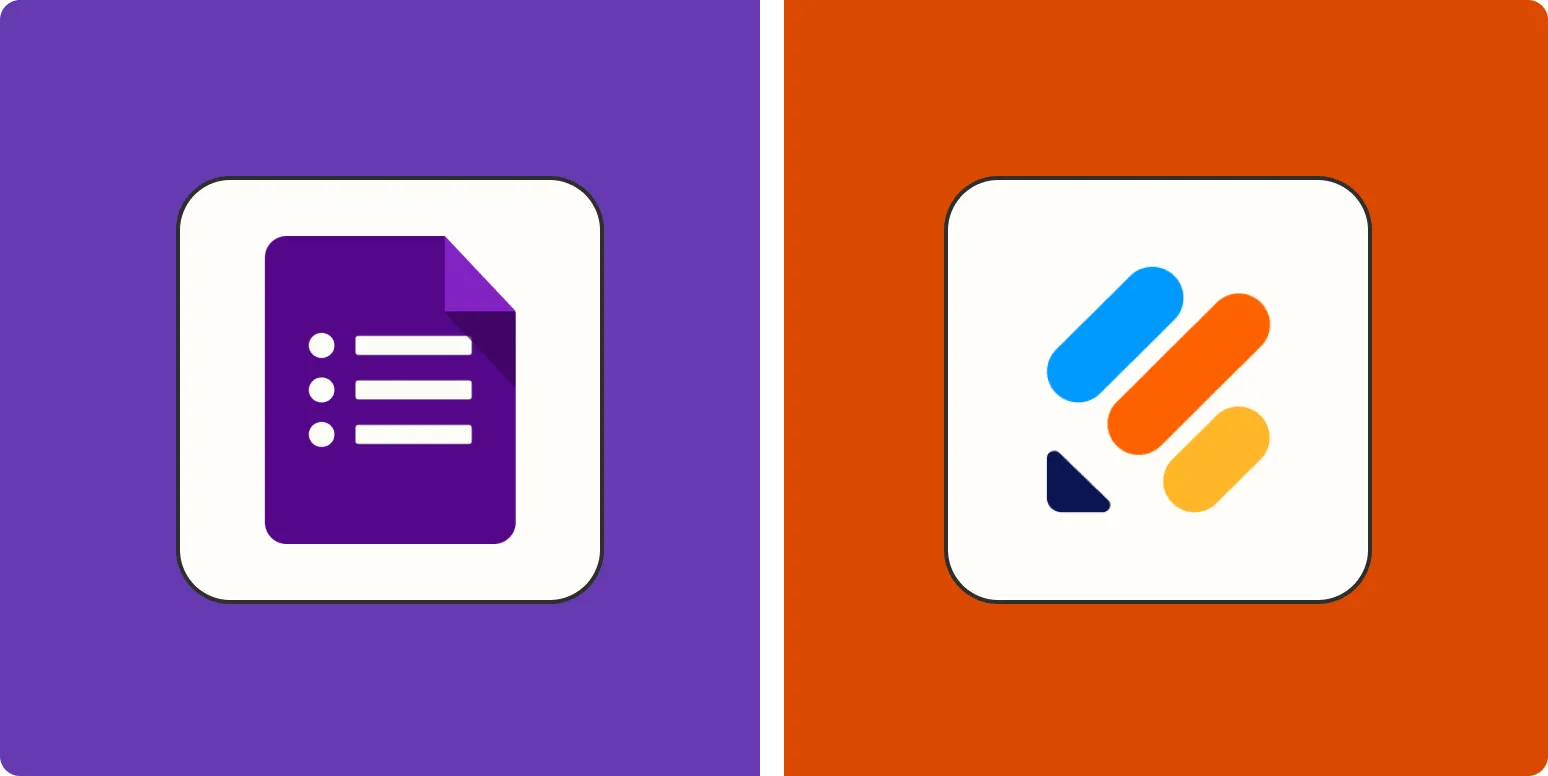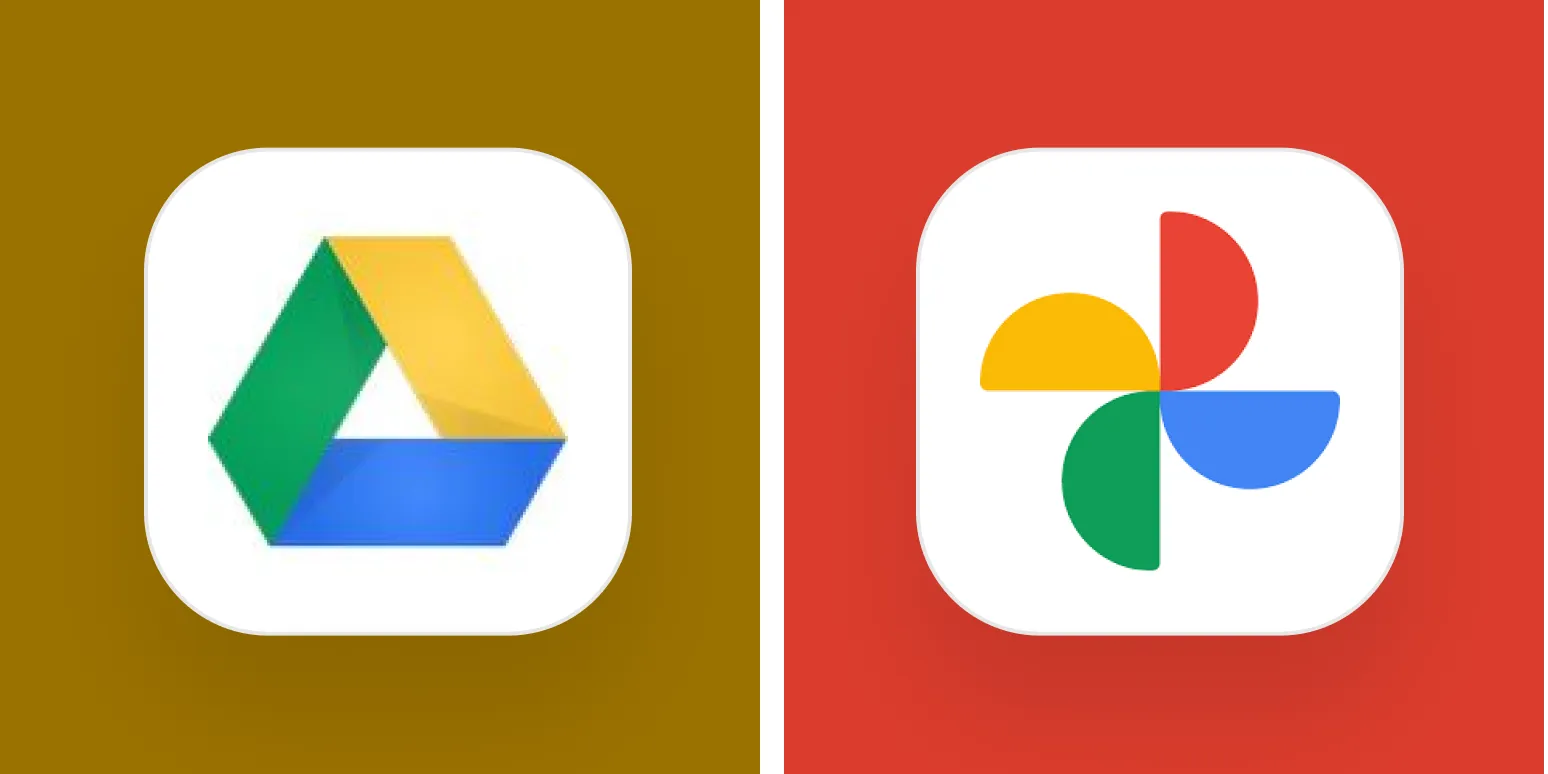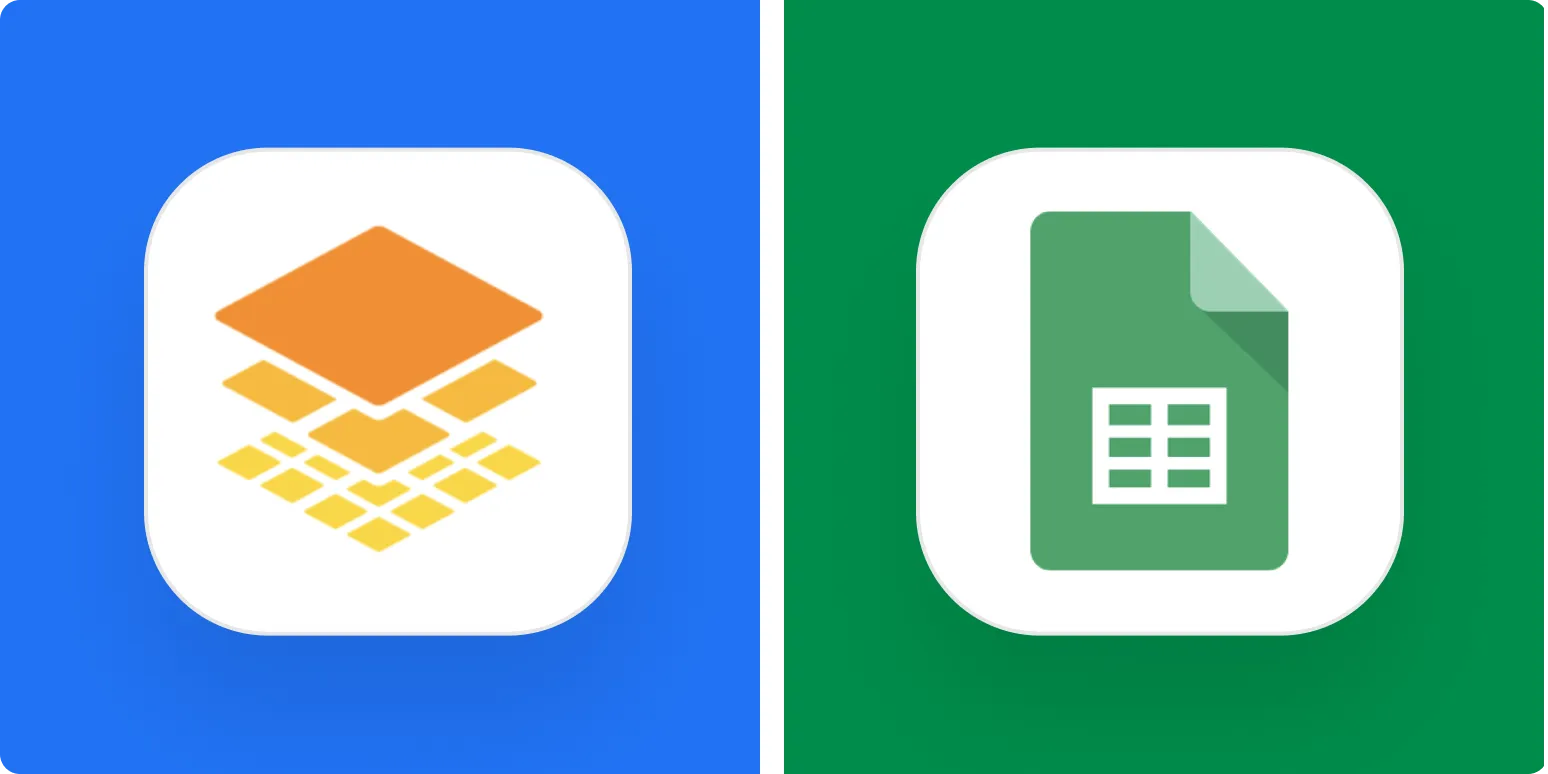Overview of Google Forms and Jotform
When it comes to online form creation, two of the most popular tools are Google Forms and Jotform. Both platforms offer unique features that cater to different user needs. Understanding the differences between them can help you make an informed decision on which tool to use for your projects in 2025.
User Interface and Ease of Use
Google Forms has a clean and straightforward user interface that allows users to create forms quickly. Its integration with Google Workspace makes it an attractive option for those already using Google products. Users can easily add questions, customize themes, and share forms with collaborators.
Jotform, on the other hand, provides a more customizable interface, allowing users to create highly tailored forms. With its drag-and-drop functionality, users can easily add various elements such as images, videos, and widgets. While Jotform may have a steeper learning curve for new users, its extensive customization options can be a significant advantage for those seeking more complex forms.
Templates and Customization
Both Google Forms and Jotform offer a range of templates to help users get started. Google Forms provides a limited selection of templates mostly geared toward basic surveys and questionnaires. Users can customize colors and fonts, but the options are somewhat restricted when compared to Jotform.
Jotform excels in this area, offering over 10,000 templates across various categories, including event registration, feedback forms, and payment forms. Users can also apply advanced customization options such as conditional logic and calculations, which can enhance the form-filling experience.
Integration Capabilities
Integration capabilities are crucial for users who want to connect their forms with other tools. Google Forms integrates seamlessly with other Google services such as Google Sheets, Google Drive, and Google Calendar. This makes it an excellent choice for users who are already entrenched in the Google ecosystem.
Jotform, meanwhile, boasts a more extensive range of integrations, including popular tools like Stripe, PayPal, Mailchimp, and Salesforce. This flexibility allows users to automate various tasks, such as collecting payments or adding respondents to email lists, making it a great choice for businesses focused on growth.
Pricing Structure
Understanding the pricing structure of both platforms is essential for making an informed choice. Google Forms is entirely free, making it an appealing option for individuals and small organizations. However, while it offers numerous features, advanced functionalities may be limited.
On the other hand, Jotform operates on a freemium model. While there is a free tier with limited submissions and storage, users may need to upgrade to one of the paid plans for advanced features, increased submission limits, and additional storage. This tiered pricing structure allows businesses to select a plan that suits their specific needs.
Data Management and Analytics
Data management capabilities are another essential aspect to consider. Google Forms automatically collects responses in Google Sheets, making data analysis straightforward for users familiar with Google’s spreadsheet software. Users can easily visualize their data using built-in charts and graphs, which can provide valuable insights.
Jotform also provides data management features, including the ability to export data in various formats such as CSV, Excel, and PDF. Additionally, Jotform offers advanced reporting tools that allow users to create visual reports directly within the platform. This can be particularly useful for businesses that rely heavily on data analytics.
Customer Support and Resources
Having access to customer support can significantly impact your experience with any software. Google Forms offers help articles and community forums but lacks dedicated customer support, which may be a drawback for users needing immediate assistance.
In contrast, Jotform provides responsive customer support through email and live chat for paid users, along with an extensive knowledge base filled with tutorials, webinars, and user guides. This level of support can be invaluable, especially for businesses that depend on their forms to operate smoothly.
Conclusion: Making the Right Choice for Your Needs
Ultimately, the choice between Google Forms and Jotform depends on your specific needs. If you’re looking for a straightforward, no-cost solution for basic forms and surveys, Google Forms is a solid choice. However, for users who require advanced features, extensive customization, and a wide range of integrations, Jotform is likely the better option.
Consider the features that are most important to you, and weigh the pros and cons of each platform to find the one that best fits your requirements in 2025. Regardless of your choice, both tools can effectively streamline your form creation process.
Comparison Chart
| Feature | Google Forms | Jotform |
|---|---|---|
| User Interface | Simple and straightforward | Highly customizable |
| Templates | Limited selection | Over 10,000 templates |
| Integrations | Limited to Google services | Extensive third-party integrations |
| Pricing | Free | Freemium model |
| Data Management | Google Sheets integration | Advanced reporting tools |
| Customer Support | Community support | Email and live chat support |





